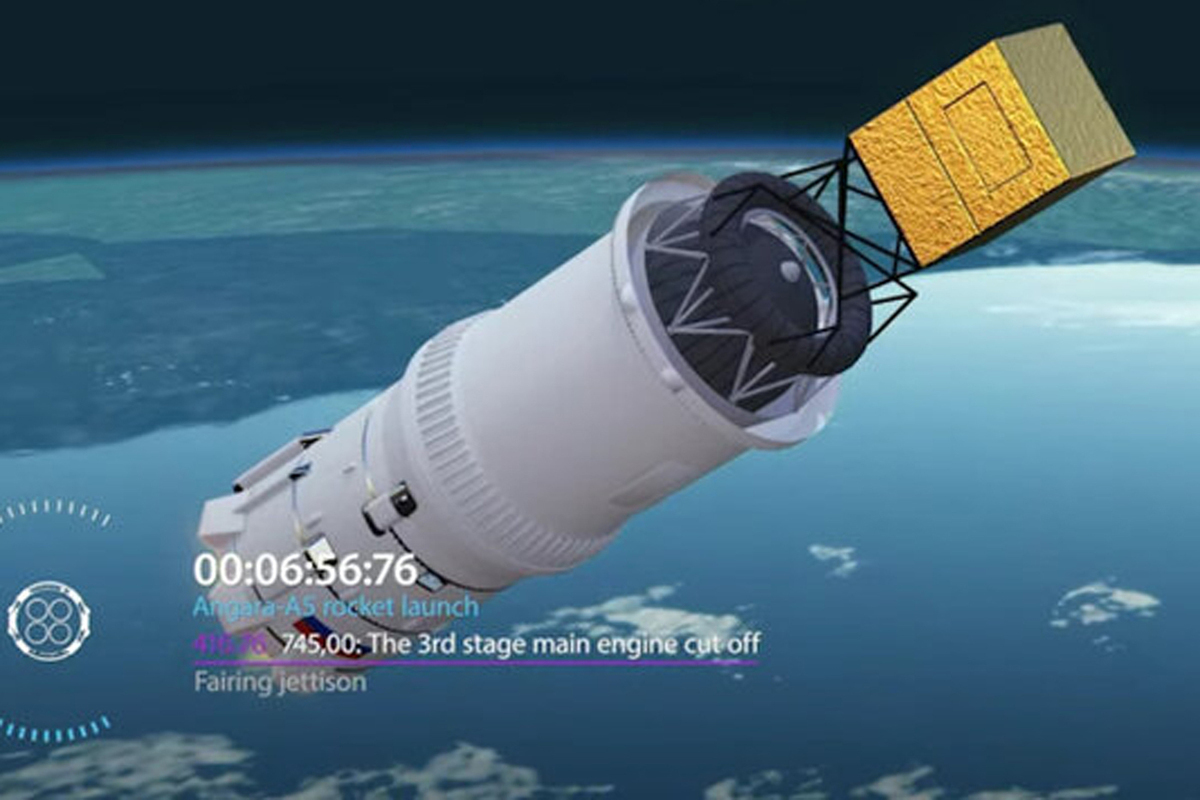“Angara A-5” launched the shining “Gagarinets” into the sky
[ad_1]

A heavy-class launch vehicle successfully launched into space on the third attempt
The Angara A-5 launch vehicle finally launched into space. This is its debut launch from the Vostochny Cosmodrome. Not everything went smoothly – the automation turned off the launch for two days in a row, but today, April 11, the 760-ton colossus soared above the Earth. The general public was not informed what the Angara actually launched into space (it was mainly about a “mass-size model”). However, along with this model, the rocket also launched a small satellite of a private company into space. We asked its developers about what kind of device this is.
The Angara A-5 rocket produced by the State Research and Production Space Center named after. Khrunicheva should replace the only Russian heavy-class launch vehicle Proton. Angara has two advantages. Firstly, unlike the Proton, its fuel tanks do not contain toxic heptyl, but environmentally friendly oxygen-kerosene. Secondly, “Angara” is a modular family of rockets – from the lightest version “Angara-1.2”, capable of launching up to 3.5 tons of cargo into a low reference orbit, to the heavy “Angara A-5” (25 tons) and “ Hangars A5B” (38 tons).
Today’s Angara launch is the first from Vostochny, but the fourth overall (previously, it successfully launched three times from the Plesetsk cosmodrome). The main advantage of Vostochny over Plesetsk is that it is closer to the equator, which means that less fuel will need to be burned when launching vehicles into orbit. It will be easier to launch heavier satellites or even interplanetary spacecraft, while saving millions of dollars.
In general, flight tests of the promising Angara continue. Today, all blocks of the launch vehicle performed normally, and the Orion upper stage, produced by RSC Energia, did not fail. In a 600-kilometer orbit, he released into free “floating” a small satellite-cubesat “Gagarinets” weighing only 3 kilograms 880 grams.
This is a test sample. The main purpose of its future brothers is to shine, and brighter, with the help of a laser installation installed on board. For what? From similar cubesats in the future, developers want to project images directly from space, just as small groups of copters do now above the ground. These can be company logos and even entire slogans.
As the head of the development team, Anton Ossovsky, explained to us, the current pioneer satellite will work in orbit for only 30 days, and then leave it and burn up in dense layers of the atmosphere.
Meanwhile, the Orion upper stage, having said goodbye to the Gagarin, flew higher, to a geostationary orbit at an altitude of about 36 thousand kilometers. He delivered the “primary payload” there.
[ad_2]
Source link








